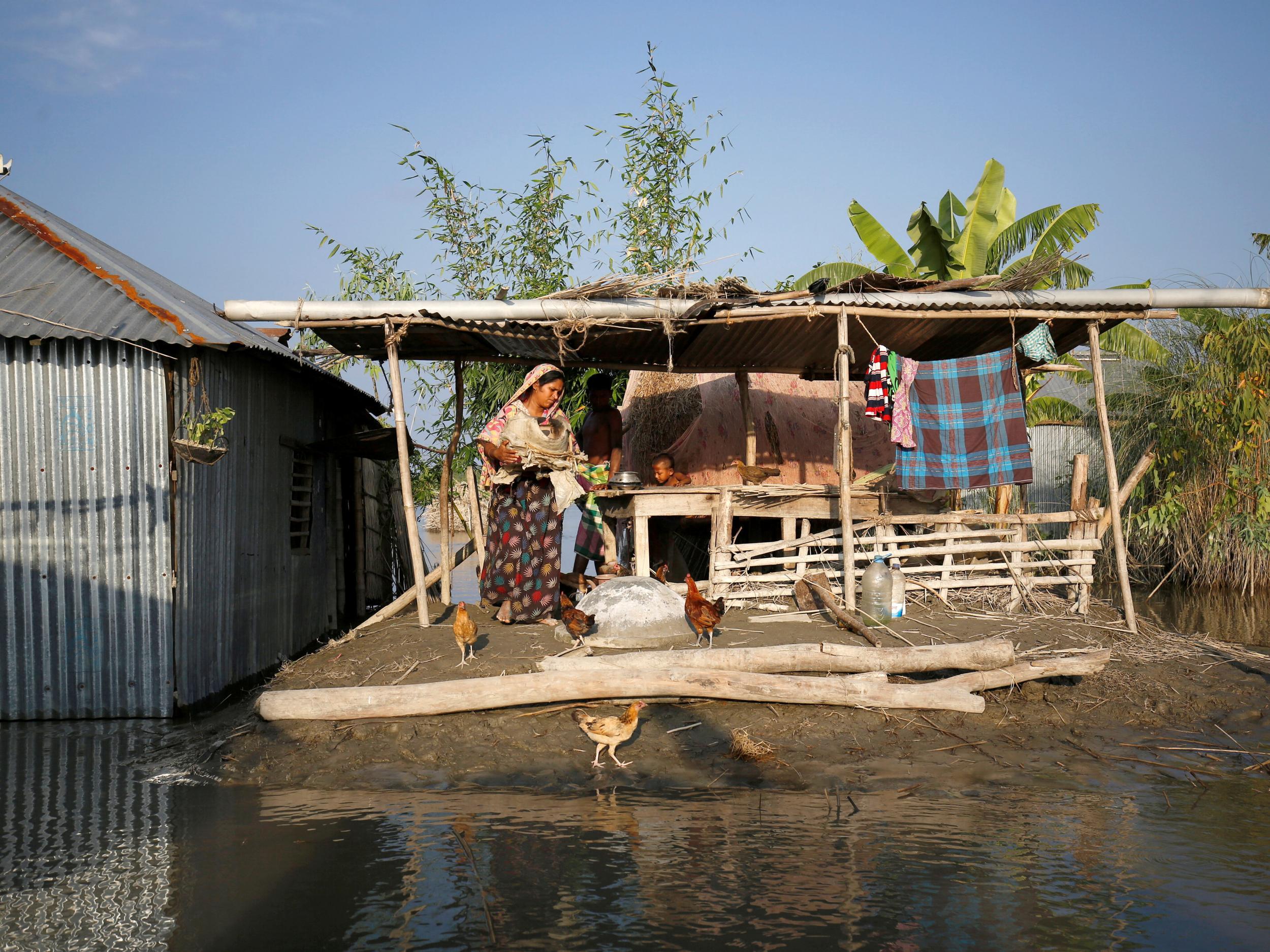South Asia's worst flooding in a decade kill thousands and decimates millions of hectares of crops
'The scale of devastation is hard to comprehend,' says Save the Children India's chief executive

Your support helps us to tell the story
From reproductive rights to climate change to Big Tech, The Independent is on the ground when the story is developing. Whether it's investigating the financials of Elon Musk's pro-Trump PAC or producing our latest documentary, 'The A Word', which shines a light on the American women fighting for reproductive rights, we know how important it is to parse out the facts from the messaging.
At such a critical moment in US history, we need reporters on the ground. Your donation allows us to keep sending journalists to speak to both sides of the story.
The Independent is trusted by Americans across the entire political spectrum. And unlike many other quality news outlets, we choose not to lock Americans out of our reporting and analysis with paywalls. We believe quality journalism should be available to everyone, paid for by those who can afford it.
Your support makes all the difference.Millions of hectares of crops have been destroyed across south Asia following the worst flooding in a decade, prompting aid agencies to warn of a looming food and financial crisis.
As floodwaters receded, one aid executive said: "The scale of the devastation is hard to comprehend".
More than 1,400 people died in the floods, which swept the region over a period of two months.
The squalid conditions created after two major rivers broke their banks in northern Bangladesh have left around 13,000 of people suffering from an outbreak of diarrhoea and other conditions.
Tens of thousands have been left living in tents, schools and makeshift shelters.
Save the Children India's chief executive, Thomas Chandy, said another crisis was on the horizon, after more than 2.4 million hectares of cropland across India, Bangladesh and Nepal had been decimated by the flooding.
“Across flood-affected parts of Bangladesh, India and Nepal, millions of people have lost their main source of income, whether it be from destroyed crops and dead livestock, damage suffered to local businesses or because they are displaced," he said.
"Most often it’s the poorest families who are worst affected, the ones who really cannot afford a month or two without any income."
He added: “While it’s positive to see some of the floodwaters receding in Bihar and other areas, enabling people to move around and go to see what’s left of their homes, the scale of devastation is hard to comprehend.”
Some communities have been totally wiped out, with not a building left undamaged, he said.
The agency estimated 17 million children needed help with protection, health care and basic nutrition in India alone.
Join our commenting forum
Join thought-provoking conversations, follow other Independent readers and see their replies
Comments